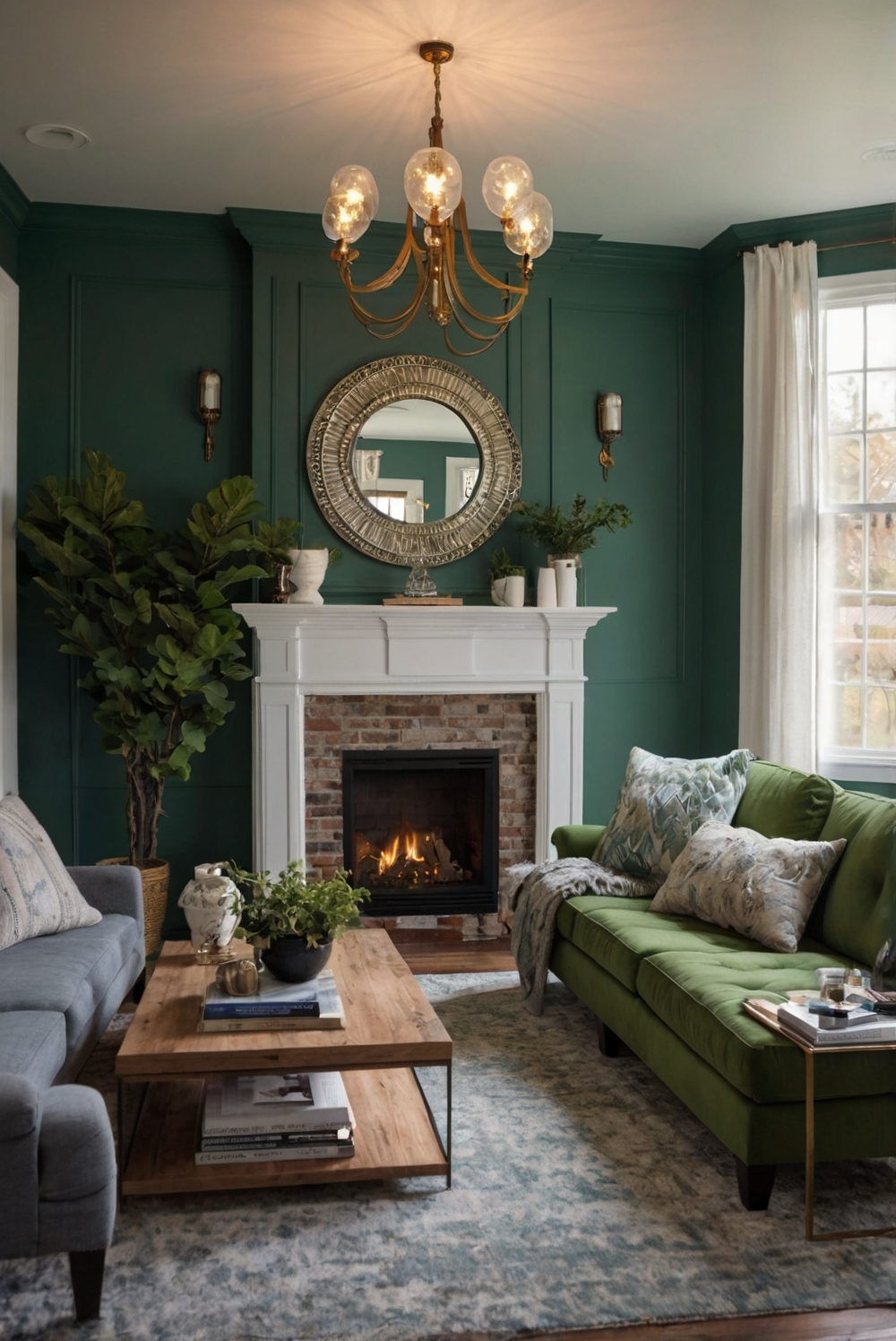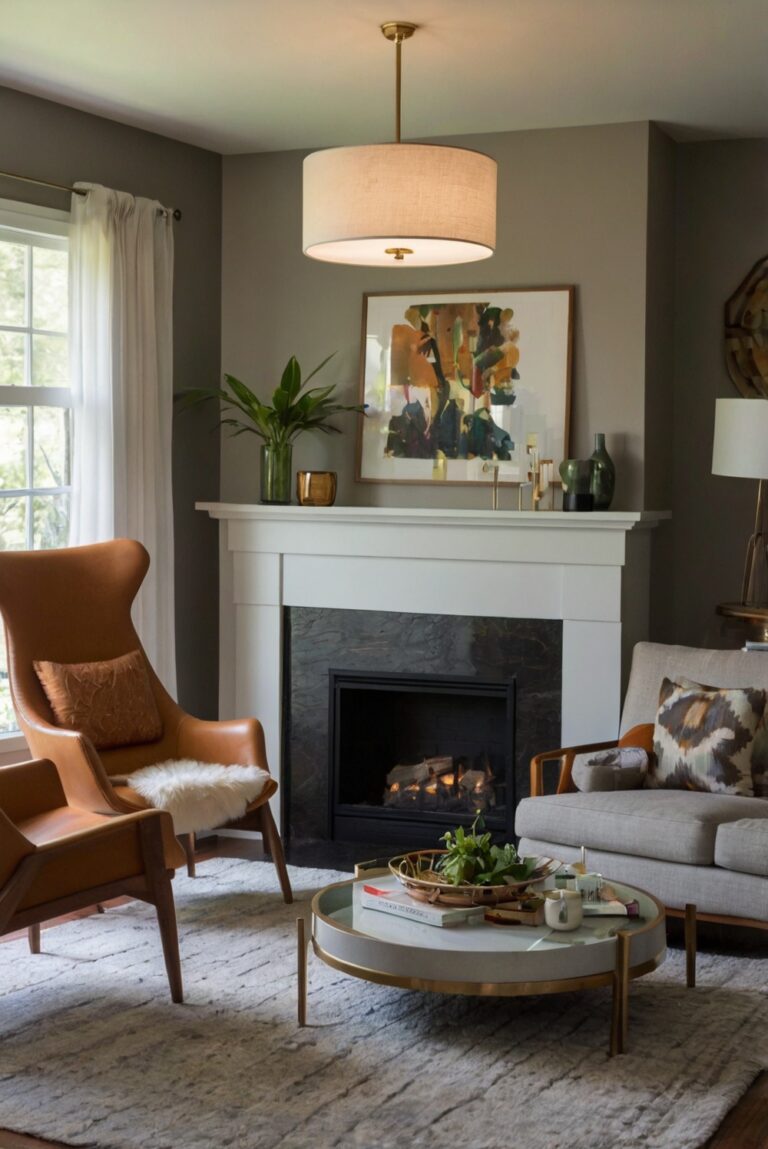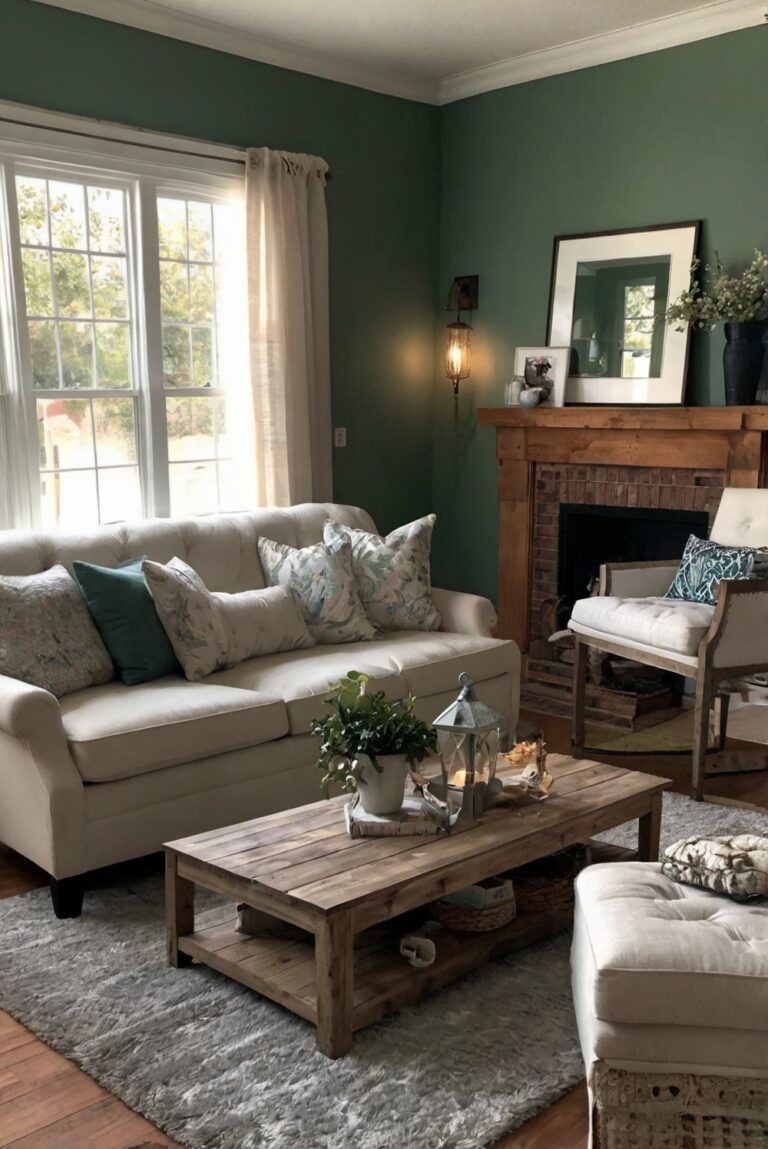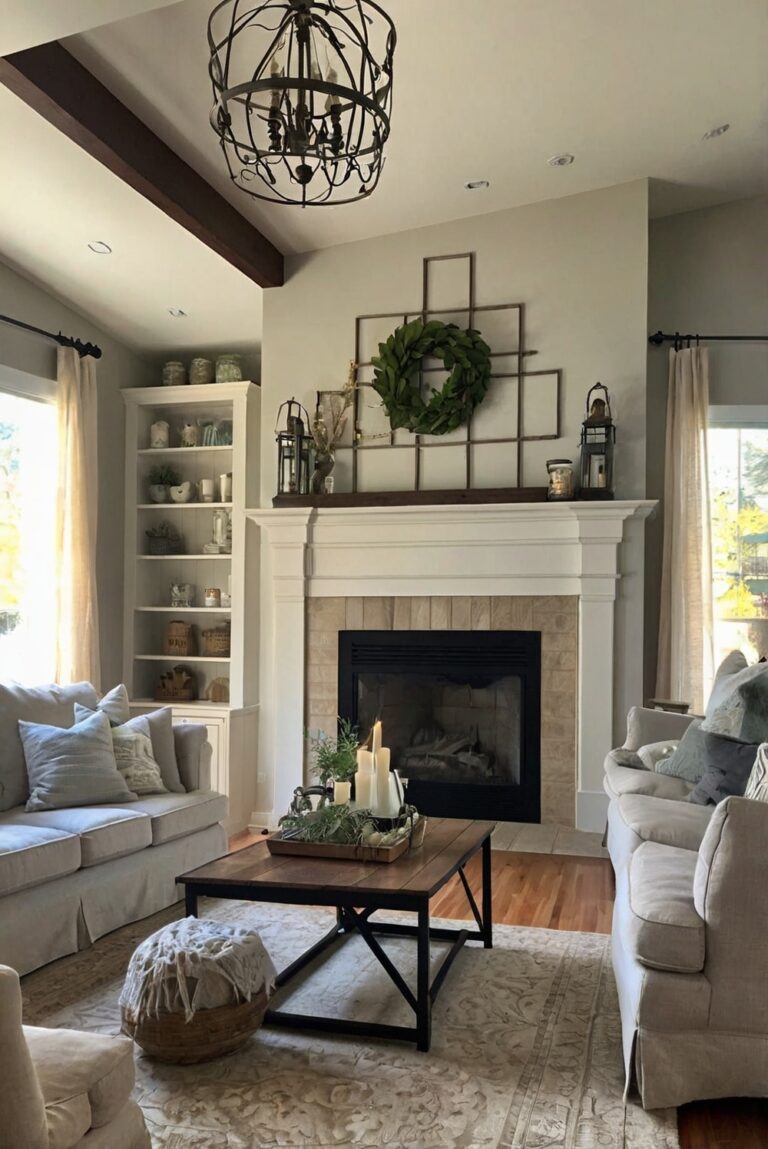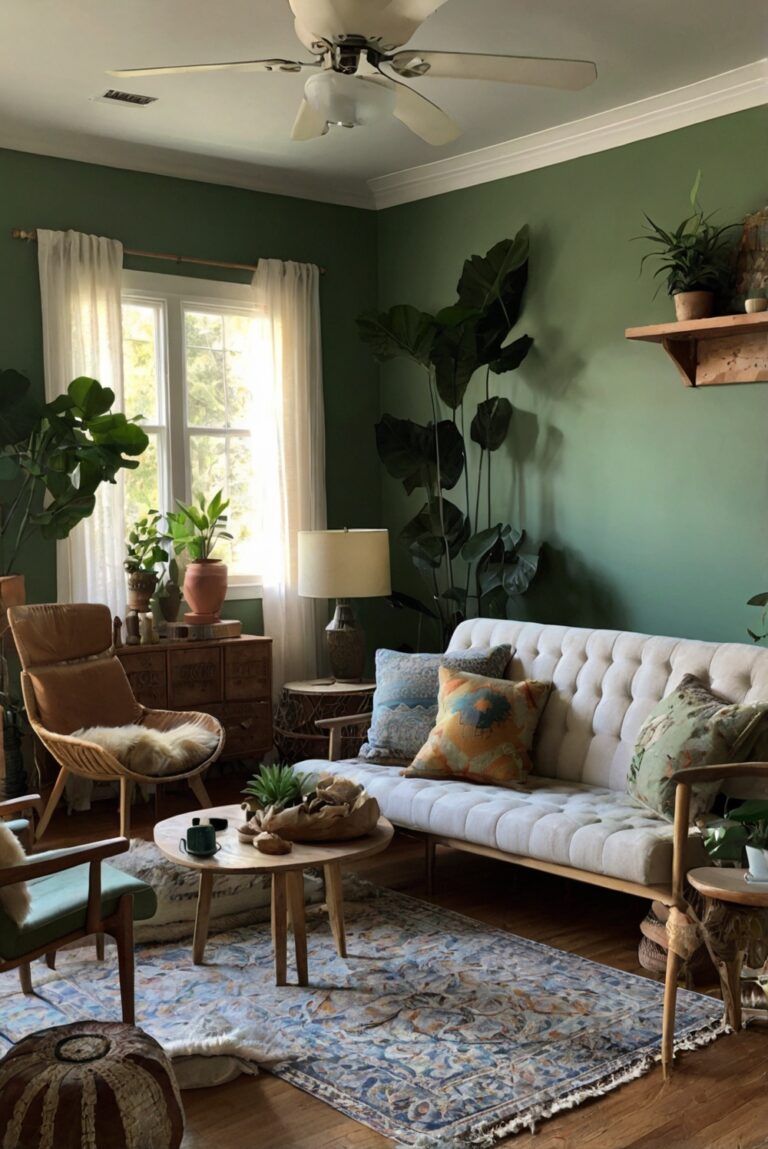Discover how strategic lighting choices can transform a small living room into a spacious oasis. Uncover interior designer tips and tricks for maximizing your space.
**
How can you use lighting to make a small living room appear larger?
**
**Illuminate strategically:** Use a combination of overhead lighting, wall sconces, floor lamps, and table lamps to create layers of light that make the room feel bigger.
**Opt for lighter shades:** Choose light-colored lampshades and fixtures to reflect natural and artificial light and brighten up the space.
**Maximize natural light:** Keep window treatments minimal to let in sunlight and create an airy atmosphere.
**Use mirrors:** Place mirrors strategically to reflect light and create the illusion of more space in the room.
Adding these elements will not only enhance the overall ambiance but also make your small living room feel more open and spacious.
How can you use lighting to make a small living room appear larger?
When it comes to making a small living room appear larger, lighting plays a crucial role in creating the illusion of space and openness. By strategically using different lighting techniques, you can enhance the perceived size of the room and make it feel more spacious and inviting.
Here are some important ways you can use lighting to maximize the visual impact of a small living room:
1. Maximize Natural Light: Natural light is your best friend when it comes to making a room feel larger. Keep window treatments minimal to allow as much natural light as possible to enter the room. Use sheer curtains or blinds that can be easily pulled back during the day to let the sunlight in.
2. Strategic Placement of Lights: To create a sense of depth and expansiveness, place lights at different levels throughout the room. Use ceiling lights, floor lamps, table lamps, and wall sconces to distribute light evenly and eliminate dark corners.
3. Use Mirrors: Mirrors are excellent for reflecting light and creating the illusion of more space. Position mirrors opposite windows or light sources to bounce light around the room and make it feel brighter and more open.
Additional Tips:
4. Choose Light Colors: Opt for light-colored walls, furniture, and decor to make the room feel airy and spacious. Light colors reflect light better than dark colors, helping to brighten the room and create a more expansive feel.
5. Layer Lighting: Create a layered lighting scheme with different types of light sources to add depth and dimension to the room. Combine overhead lighting with task lighting and accent lighting to create a balanced and well-lit space.
In conclusion, by utilizing these lighting techniques and design strategies, you can transform a small living room into a visually larger and more welcoming space. Experiment with different lighting options and configurations to find the perfect balance that works best for your room and enhances its overall aesthetic appeal.
1. How can you position lighting to make a small living room appear larger?
Positioning lighting strategically can create an illusion of more space in a small living room. Use ceiling lights or track lighting to draw the eye upwards, making the room feel taller. Place floor lamps in corners to brighten dark areas and create depth. Wall sconces can also add ambient lighting without taking up floor space. Additionally, using mirrors to reflect light can make the room feel more open and spacious.
2. What type of lighting fixtures should you use in a small living room?
In a small living room, it’s essential to choose lighting fixtures that are both functional and visually appealing. Opt for fixtures that provide ample light without overwhelming the space. Recessed lighting is a great choice as it can be discreetly integrated into the ceiling, saving space. Pendant lights or chandeliers can also add a touch of elegance without cluttering the room. Consider dimmable lights to adjust the brightness based on your needs.
3. How can you use natural light to make a small living room appear larger?
Maximizing natural light is key to making a small living room feel more spacious. Keep windows uncovered or use sheer curtains to allow light to filter in. Place mirrors opposite windows to bounce light around the room and create the illusion of a larger space. Consider light-colored furniture and decor to reflect natural light and brighten the room. Keep windows clean to ensure maximum light enters the room.
4. What color temperature of lighting is best for a small living room?
Choosing the right color temperature for lighting in a small living room can significantly impact the perceived size of the space. Opt for cool white or daylight (5000K-6500K) bulbs to create a bright, open feel. These color temperatures mimic natural daylight and can make the room appear larger. Avoid warm white or soft white bulbs (2700K-3000K) as they can create a cozy but cramped atmosphere. Experiment with different color temperatures to find the perfect balance for your small living room.
5. How can you layer lighting in a small living room to enhance its appearance?
Layering lighting in a small living room can add depth and dimension, making the space feel larger and more inviting. Start by installing overhead lighting for general illumination. Then, add task lighting, such as table lamps or under-cabinet lights, to brighten specific areas like reading nooks or workspaces. Finally, incorporate accent lighting, like wall sconces or picture lights, to highlight artwork or architectural features. By combining different types of lighting, you can create a layered effect that enhances the overall ambiance of your small living room.

